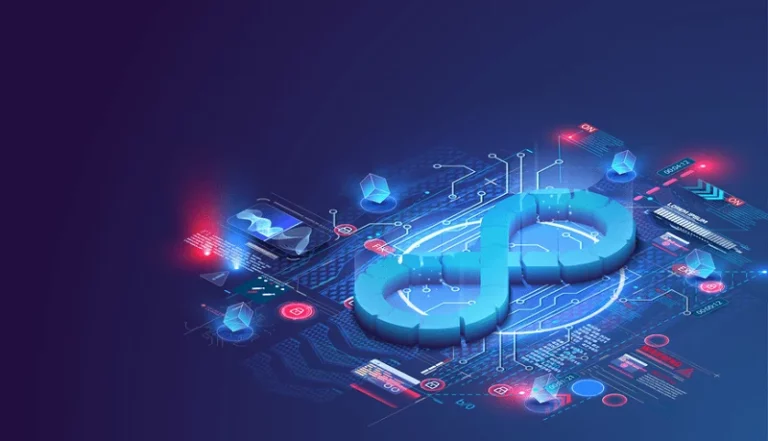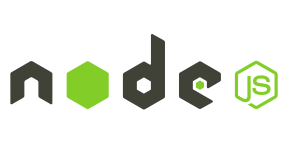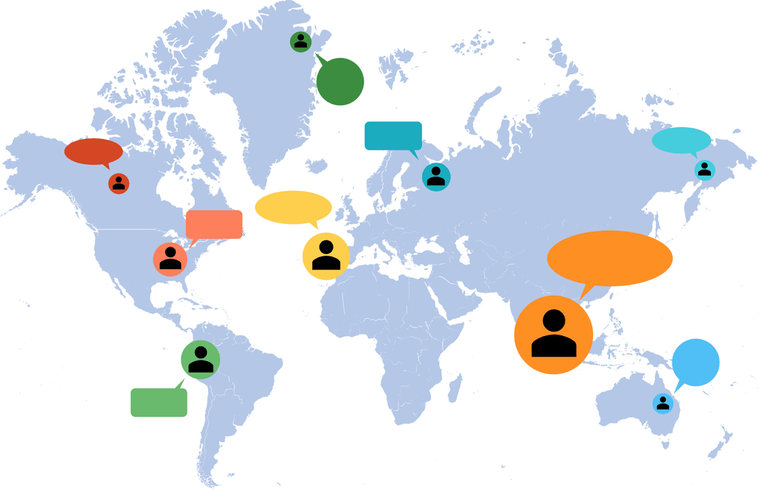Enterprise software is an essential piece of technology that enterprise businesses rely on for critical operations and processes. It includes systems such as enterprise resource planning (ERP) software, customer relationship management (CRM) software, as well as accounting software and supply chain/logistics software. The enterprise tech ecosystem includes tools like HRM, sales automation software, POS systems, accounting solutions, and email. But the three main types of enterprise systems are customer relationship management (CRM), enterprise resource planning (ERP), and supply chain management (SCM). Enterprise software solutions such as customer relationship management, marketing automation, and contact center software have made it possible for organizations to develop a detailed understanding of their clients and their needs.
With more than 45 applications in its product suite, Zoho’s CRM software is preferred for its clean, intuitive interface, making it easy to learn, as well as its prioritization of user privacy. Zoho is used by more than 250,000 businesses across 180 countries to facilitate their customer relations, according to its website. HubSpot’s CRM platform is best known for its all-in-one approach to inbound marketing, which is a practice that creates and curates content tailored to a specific audience in mind. User-friendliness, low-cost plans and pre-built integrations are what separate this software solution from the pack. Enterprise development is a complex and lengthy process that includes five distinct stages. This requires an analysis of the enterprise’s industry, goals, customer needs, competition, and other external and internal factors.
Storage Optimization and Management
86% of respondents agreed that hybrid cloud is the ideal IT operating model for their organizations. This figure corresponds to the results of the Flexera 2020 State of the Cloud Report, which claims that 87% of enterprises now adopt a hybrid strategy. The most popular combination is the application of multiple private and multiple public clouds. As the report by IDG claims, enterprises are significantly more likely than SMBs to have all (11% to 6%) or most (58% to 50%) of their IT environment on premises. Thus, they usually migrate on-premise applications to the cloud rather than build new solutions in the cloud from scratch.

NinjaOne is an IT management platform that can be operated from a simple dashboard. It provides endpoint and patch management for IT departments and managed service providers (MSPs), with ticketing, a helpdesk, endpoint custom enterprise software development company security and remote support. It depends on a myriad of underlying factors and specifics, including the scope of work, architecture complexity, presence of advanced features, tech stack, size of the team, etc.
Best Practices For Your Enterprise Cloud Strategy
When you transfer all this to a reliable partner, you can concentrate on more high-value tasks. So as the difference between local teams and offshore experts is barely visible now, outsourcing is getting even more attractive. Given the current situation brought by the global pandemic, many enterprises will increasingly look for reliable technology partners nearshore or offshore to make the most of their investment in enterprise cloud development. Enterprises choose multiple cloud vendors to avoid single cloud provider lock-in, increase ROI, reduce the possibility of downtime, and have the flexibility to host their applications and data anywhere.

Streamlining the licensing across departments and regions is another FinOps best practice. A big company will have a much better negotiating power than dozens of individual local offices. Your company may agree to be featured on one of those cloud service provider use cases for a hefty discount. Whether a business needs a convenient user-facing application available on the go or a complex platform with multiple data points in one screen, tools can be mobile or web applications.
They often have fewer security measures and don’t interact with other systems as easily. By deciding on enterprise mobile app development, organizations can improve their business processes and increase enterprise mobility. Such apps offer several serious advantages over your competitors since they can speed up the working process and increase the company’s revenue. Enterprise software development service is a specific set of technical activities that enhance one facet or function of a company with the help of digital technologies and programming. System integration, software engineering, cloud migration, system design architecture, ERP development, cybersecurity monitoring, and web application development are some common examples. Tonkean offers an operating system that automates, connects and manages business systems and policies for enterprise-level companies.
For enterprise software to be successful, there are some best practices that must be followed. This will ensure software won’t become overwhelmed if more users are added or additional features are required. Creating a mobile app for enterprise purposes is a great convenience booster for employees, allowing them to stay in tune with the work situation at all times. Instant communication, file sharing, and workplace check-up are usually the main goals targeted by such apps.

They become clients seeking suitable enterprise solutions for their own needs. Our clients often like the idea of shortening the time to release and optimizing the development budget by developing an MVP. It is a software version with only the essential features, which helps us test whether software meets the key stated user needs. Upon confirming or adjusting the initial EAS idea, we add other features to the MVP. We deliver the first working version of enterprise software of small to medium complexity in 4–8 months, with new functionality being added during major releases every 2–6 weeks. It is the only model poised for growth three to five years from now, according to the Third Annual Nutanix Enterprise Cloud Index.
- From a technical perspective, the cloud architect, software enterprise architect, senior DevOps, security architect, and tester are the minimum required talent set.
- Universal tools may have many options that are not a good fit for every company.
- Companies therefore will have to invest in building new skills as well as transforming traditional teams and their ways of working.
- Our cloud application development for enterprises will bring your ideas to life.
- There are a lot of experienced enterprise mobile application development companies available.
For instance, sales of mobile gaming, AR, and VR devices are expected to increase at a compound annual growth rate of 65% between 2020 and 2024 and the use of wearable devices, such as watches and eyewear, will rise sharply over the next five years. Now that that businesses are able to use cloud-based platforms rather than relying on heavy infrastructure, the question for IT departments isn’t “How can we design this app? ” It’s “what type of cloud can offer us the best support while we design this app? ” Finding the right app development cloud provider is an essential part of the development process, one that may easily set the tone for — and effectiveness of — app development projects for years to come.








